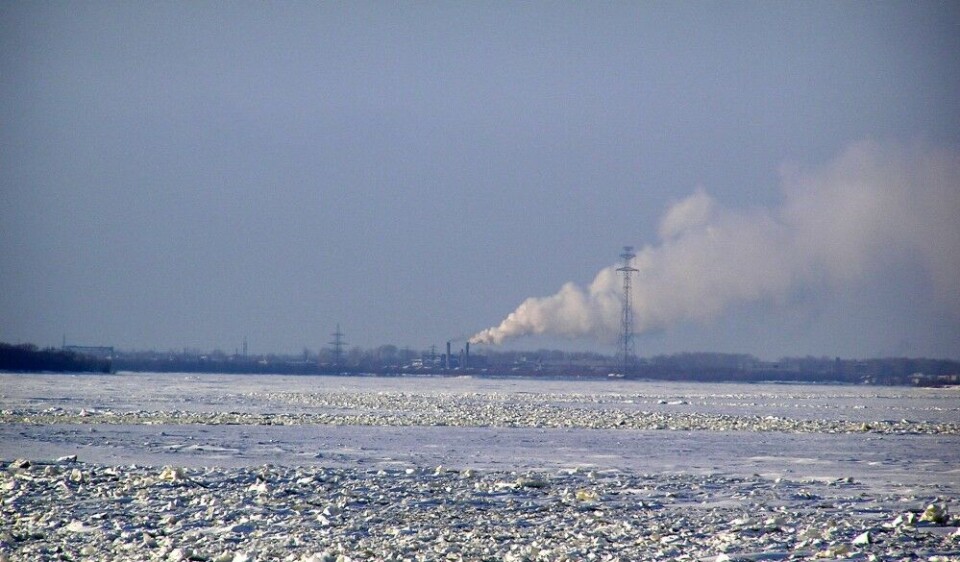
Green success in Arkhangelsk
The northwest Russian region cuts industrial emissions by a half in less than four years, much thanks to Barents cooperative efforts.
Figures from the Arkhangelsk statistical office, a branch of the federal service Rosstat, show that Arkhangelsk in the period 2010-2014 reduced its industrial emissions to air from 545 thousand tons to 262 thousand tons. The emission cuts were made in all the region’s major cities, Arkhangelsk City, Severodvinsk and Novodvinsk.
Data for the City of Arkhangelsk alone show an impressive decrease in the period from almost 60,000 tons (2010) to 9300 tons (2014). In the neighboring town of Severodvinsk the reduction was significant, but far more moderate than in Arkhangelsk. There, emissions dropped from 69,000 tons (2010) to 33,000 tons (2014).
Behind the success lies a transformation of several of the region’s major industrial plants. Among them is the Arkhangelsk Pulp and Paper Mill (APPM), which over the last years have invested more than $80 million on new technology.
In an interview with Barents Saga, a newsletter published by the International Barents Secretariat, Chief Engineer of APPM, Mr. Viktor Zhitnukhin says that the company started to address the greenhouse gas emissions in year 2000 and that the company leadership and main shareholders early recognized the seriousness of the problem. Furthermore, the company actively used the business potential provided by the emissions trading mechanisms of the Kyoto Protocol.
The Arkhangelsk company has been awarded for its actions: it was the first company in Russia to receive ISO 14064-1:2006 standard on greenhouse gas management and was nominated as the best performing Russian company in the international Carbon Disclosure Project in 2014.
The company is now also taken out of a list of environmental hotspots in the Barents Region. Also several other regional companies are on their way to jump off the list, among them the Severodvinsk Heat and Power Plants 1 and 2, the Arkhangelsk pulp and paper mill in Novodvinsk and the Koryazhma branch of Ilim Group, the website of the Barents Environmental Hot Spots informs.
The original list was made in 2003 when the Barents Euro-Arctic Council foreign and environment ministers set a target of launching environmental measures at all of the hot spots within 10 years by 2013. The 42 hot spots were defined by the Nordic Environment Finance Corporation (NEFCO) together with the Arctic Monitoring and Assessment Programme (AMAP)
The Arkhangelsk industry has also benefitted from the region’s increasing use of natural gas. Over the last years, bigger parts of the region have been gasificated thus making a number of companies cut dependency on coal and heavy oil. The central part of Arkhangelsk Oblast is today connected with the federal gas pipeline grid.
Arkhangelsk Oblast is well known for its powerful paper and pulp industry, traditionally one of the region’s main industrial polluters.
















